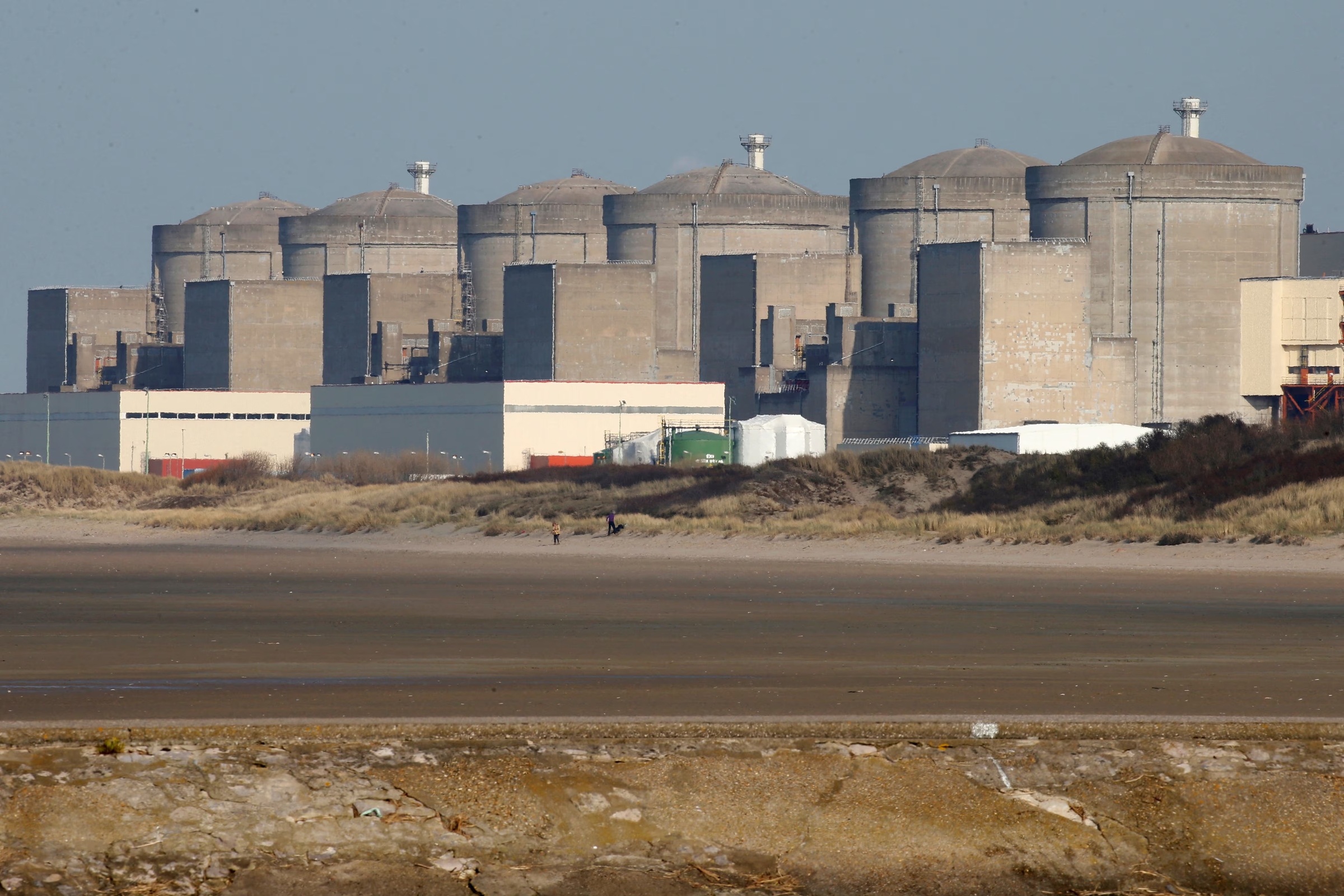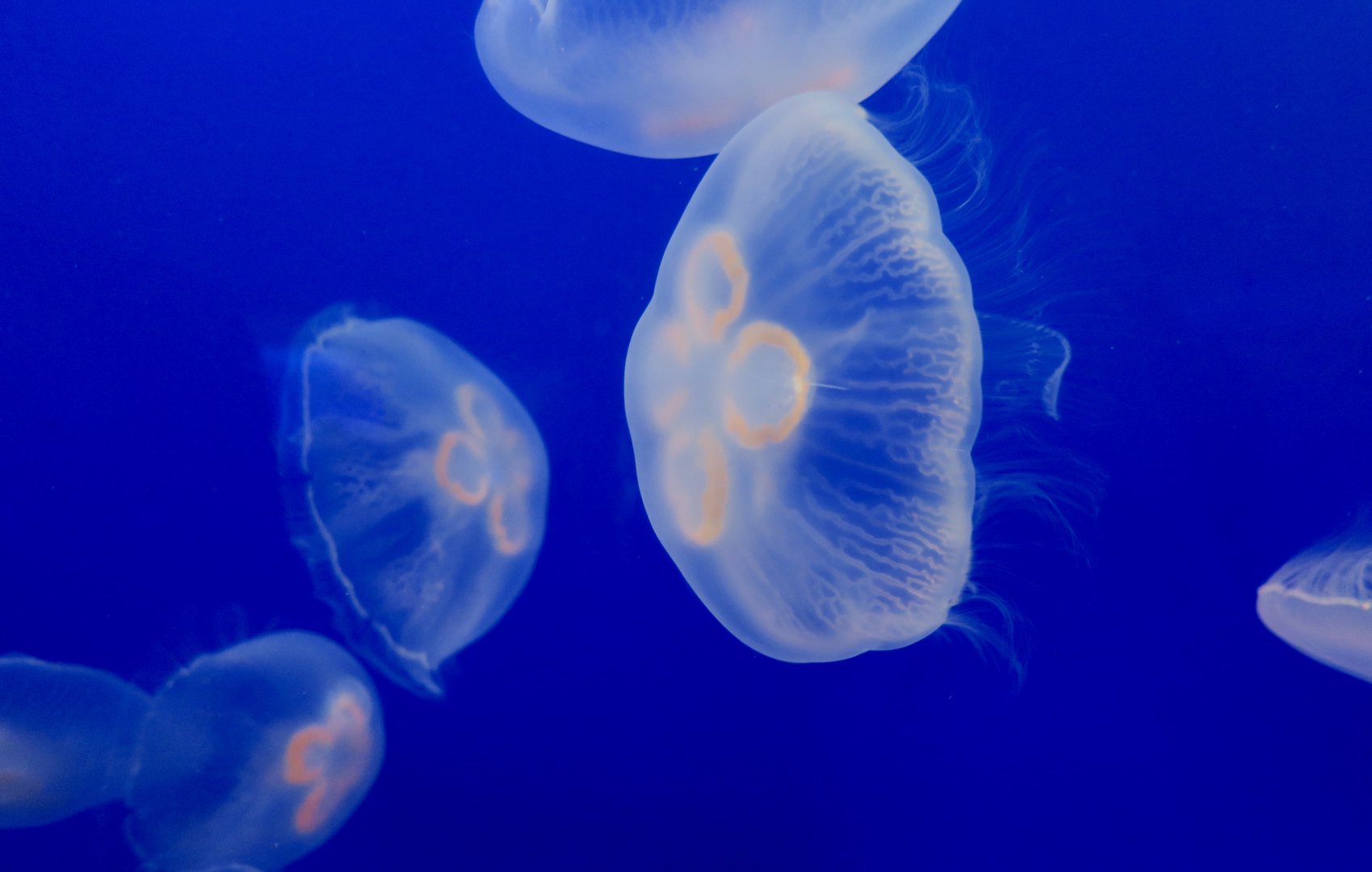Earlier this week, the Gravelines nuclear power plant in northern France had to shut down four reactors after a swarm of jellyfish was sucked into the water filtration system of the pumps used to cool the reactors. With two other reactors at the facility already under maintenance, the incident effectively paralyzed France's largest nuclear power plant.
The incident occurred when the seawater pumping system drew in the jellyfish, clogging the filters and activating the automatic safety system. This caused reactors 2, 3, and 4 to shut down overnight on 10/8, with reactor 6 also stopping operations a few hours later.
 |
The Gravelines nuclear power plant in northern France. Photo: Reuters |
The Gravelines nuclear power plant in northern France. Photo: Reuters
On 12/8, French energy giant EDF reported that the restart of the reactors would be slower than anticipated. Reactor 6 was restarted on 12/8, and the plant planned to reactivate one reactor per day thereafter. Full operation of all four reactors was expected to resume on 15/8.
"The jellyfish likely passed through the first filter and got stuck in the second filter layer of the reactor cooling water pump system," said Ronan Tanguy of the World Nuclear Association. He considered it a "nuisance incident" but not a crisis.
According to marine environment experts, this incident is linked to warming sea temperatures, overfishing of predators like tuna, and the proliferation of the Asian moon jellyfish.
This jellyfish species, typically found in waters near China, South Korea, and Japan, was first recorded in the North Sea in 2020 and has become increasingly common in the surrounding waters.
"Jellyfish can attach themselves to oil tankers, get sucked into ballast tanks, and then be discharged into waters half a world away," explained marine biologist Derek Wright, regarding the spread of the Asian moon jellyfish.
Jellyfish expert Ruth Chamberlain explained that this species is most active during warmer months. Prolonged hot weather increases the amount of plankton on the sea surface, attracting jellyfish.
The Gravelines nuclear power plant uses seawater drawn from a canal connected to the North Sea to cool its reactors. When jellyfish appear in this canal area, they are easily sucked into the plant's cooling water system by the pumps. Chamberlain noted that jellyfish are poor swimmers, making escape nearly impossible once caught in the current near the pumps.
Due to their soft bodies, jellyfish can easily pass through the initial filter of the pumping system but then become trapped in the secondary filter. Since jellyfish travel in swarms, multiple individuals being sucked in simultaneously can clog the filters, restricting water flow through the pumps and triggering the plant's emergency protection mechanism.
 |
Asian moon jellyfish. Photo: Zoochat |
Asian moon jellyfish. Photo: Zoochat
Jellyfish invasions have repeatedly disrupted nuclear power plant operations. Sweden's Oskarshamn reactor experienced a shutdown in 2013, Japan's Shimane plant had to reduce output in 1999, and Scotland's Torness plant shut down for a week in 2021, all due to jellyfish-induced clogging.
Coal-fired power plants in China recently removed over 150 tons of jellyfish from their cooling systems before restarting. The International Nuclear Information System has documented several emergency shutdowns related to jellyfish between 1986 and 1987.
The Gravelines incident highlights the vulnerability of critical energy infrastructure to simple natural occurrences, like the appearance of jellyfish swarms.
Gravelines is Western Europe's largest nuclear power plant, with six reactors, each with a capacity of 900 MW. The plant plans to commission two new-generation reactors, each with a capacity of 1,600 MW, by 2040.
Ngoc Anh (Jerusalem Post, AFP, Guardian)












